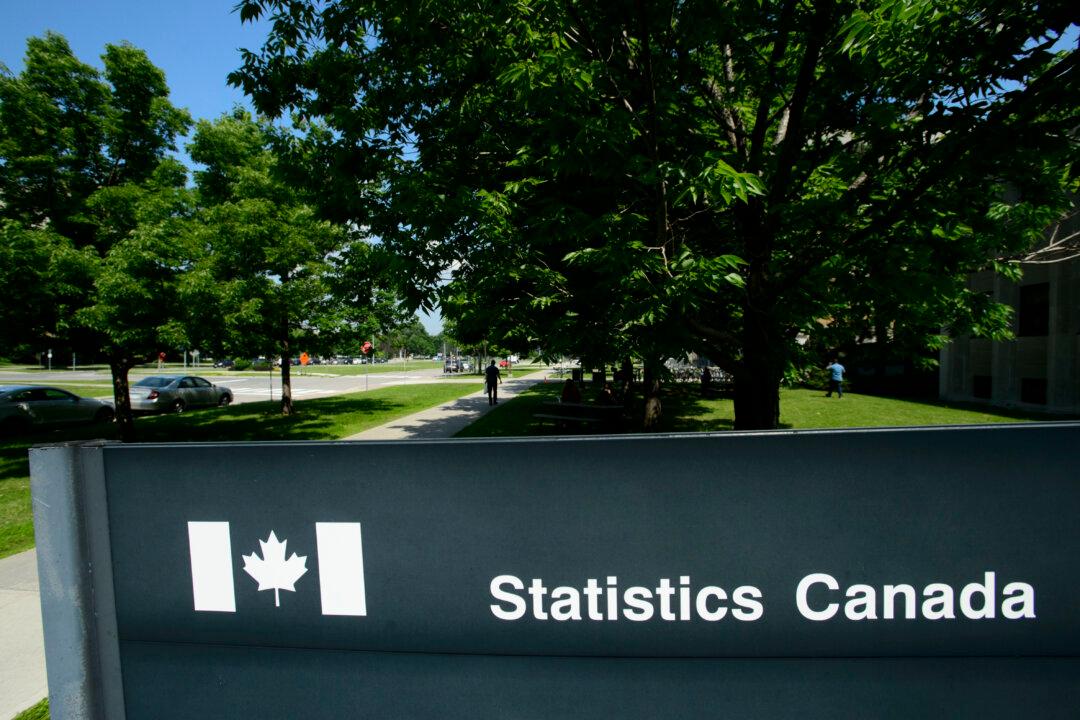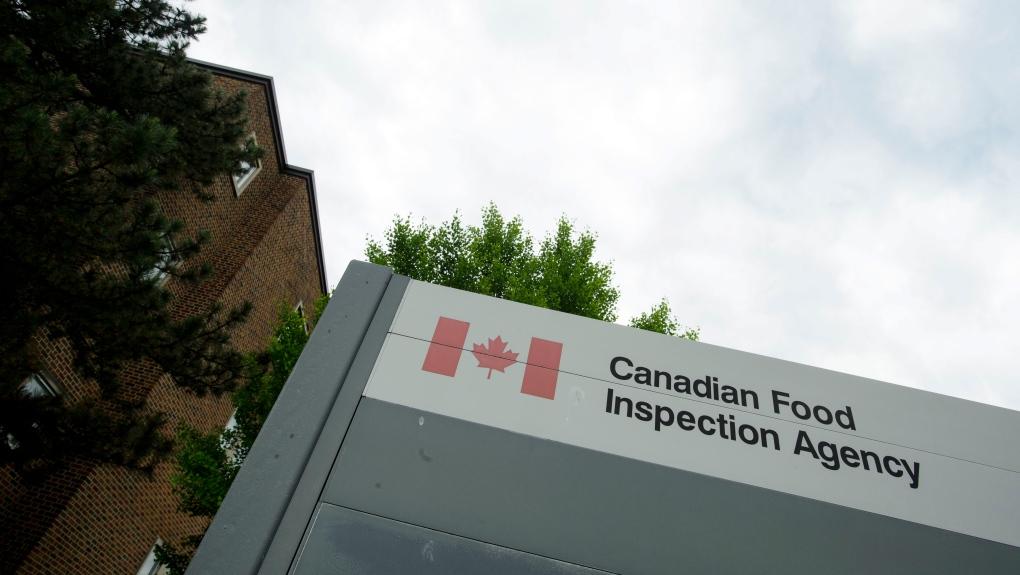The Canadian economy grew by 0.3 percent in May, Statistics Canada said Friday.
In its latest report on economic growth, the federal agency’s preliminary estimate suggests real gross domestic product grew at an annualized rate of 1 percent in the second quarter.





